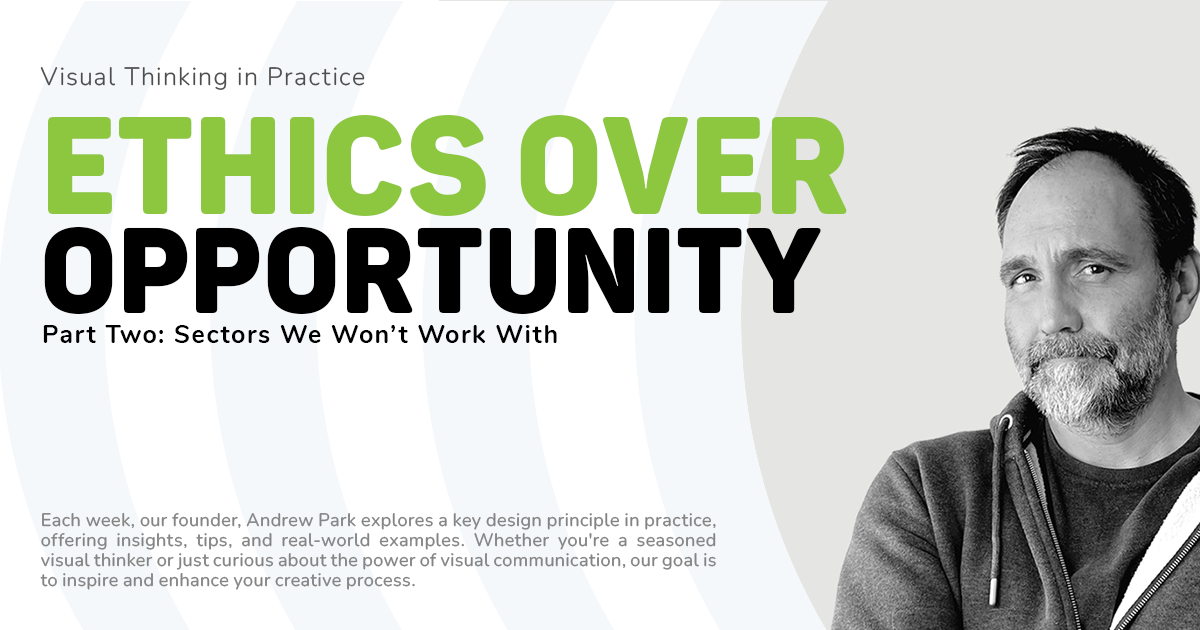We’ve had plastics as we know them today since the 1930s. They go into everything, from food packaging and clothes to some sunscreens. Plastic is also in lots of unexpected places, including the lining of drinks cans and teabags. Once seen as a way for manufacturing to overcome natural limits, today plastics are harming nature and us.
One of the most worrying examples of this is microplastics. Plastic that finds its way to the ocean through rivers, bad waste management and shipping containers that fall overboard can be broken down into particles as small as 1-100 nanometres. These microplastics get everywhere; it is in our rivers, the depths of our oceans, arctic ice, aquatic animals and the food we eat. Clearly, this has to change.
Awareness plays a major role and at We are Cognitive, we are proud to have used our creativity to make whiteboard animations that explain, draw attention to the problem and share the information with the public! Whiteboard animation is a great way to do this, and this blog post will show why.
But before we get into some of the animations we’ve created about microplastics and the ways whiteboard animation can help, we want to share even more information and tips to help people avoid and reduce plastic usage. Our team created this A4 poster for Plastic Free July, packed with advice to limit the plastic you use. Perfect for printing and putting in workplaces or schools, click here to download it.
Research by the University of Manchester
By sampling 10 riverbeds around Manchester, physical geographers from the University of Manchester found that microplastics were present in every river. The research revealed a bigger problem at wastewater treatment plants. We distilled their research and findings into this animation, to be shared with wider audiences.
The UN’s Global Goals initiative
We buy approximately one million plastic bottles every minute, which add microplastics to food chains and the water we drink. We helped the Global Goals campaign raise awareness about the connection between plastic water bottles and microplastics, providing solutions both small and big.
The BLT
It’s not just in projects for other people that we tackle the subject of microplastics. In our weekly take on news stories and curiousities, The BLT, we covered the issue too. In episode eight, we included stories about satellite imagery being used to spot plastic waste and an enzyme which can break down plastic.
How can visual thinking and whiteboard animation can help you share important issues like microplastics?
A subject like microplastics is complex, involving many aspects and crucial messages. Visual thinking is well placed to help you meet this challenge and create engaging and memorable whiteboard animations.
Storytelling - animations use a script read by a voiceover artist and visual storytelling to deliver information and messages. Our brains are wired for stories and this storytelling helps people to absorb and make sense of your message.
Every animation is custom made - every whiteboard animation is tailored precisely to your message and audience. This means that you can explain and show every point in the way that best explains it and engages your audience.
Connecting the small and the big picture - the story of many complex issues is one of small actions or events leading to big implications. Due to the way information can layer and connect through animation, you can show the relationship between the small and the big.
Visual metaphors and references - when ideas or explanations are more abstract, visual metaphors and relatable references can be a powerful way of reframing them into forms that your audience will understand and remember.
Multiple information streams - whiteboard animations combine rich illustrations with engaging animation, a guiding voiceover and clarifying onscreen text. This means you can say a lot in a short amount of time and make your points in a thorough and detailed way.
Translation and accessibility options - animations give plenty of options when it comes to translation and accessibility. These include subtitles, an alternative voiceover and the redrawing of certain references to help you to share your animation with the widest audience possible. The bespoke design of animations means they can be made accessible with each element customizable to the specifications you have in mind. These options include fonts, colour choices and the aforementioned subtitles.
Social media options - because your animation has been illustrated from scratch by the creative team, it can be formatted exactly to the social network or use you have in mind. Scenes and illustrations can also be turned into supporting social media assets.
We want to end on a positive note, and plastics can be recycled into some pretty amazing things, avoiding the ocean completely. This WWF article lists 17 but some of our favourites include rugs, dog collars, shoes and yoga mats. Microplastics are a problem for our waterways, oceans, food chains and health. It’s important that awareness continues to be raised and solutions shared.
Whiteboard animation is an ideal way of doing this, ready to tackle the complexity of the subject in an engaging, informative and memorable way. Do you have a project you think could benefit from whiteboard animation? We’d love to hear about it and answer any questions you may have. Talk to us today!


































Explainer videos and engaging whiteboard animations, have emerged as powerful tools to convey complex messages with simplicity and creativity. Here, we explore nine innovative ways to integrate explainer animations into your marketing strategy, enhancing your brand's visibility, engagement, and conversion rates.